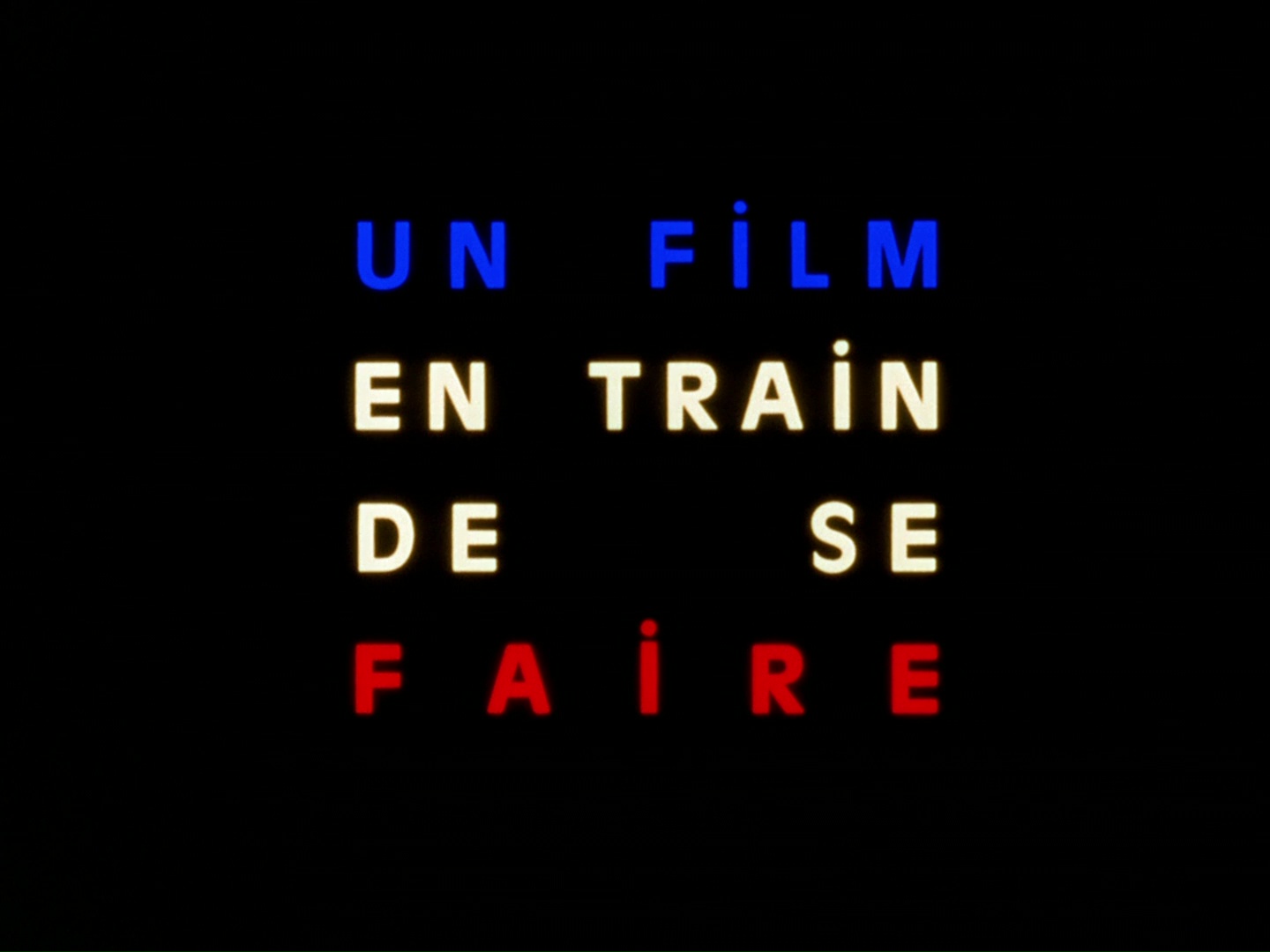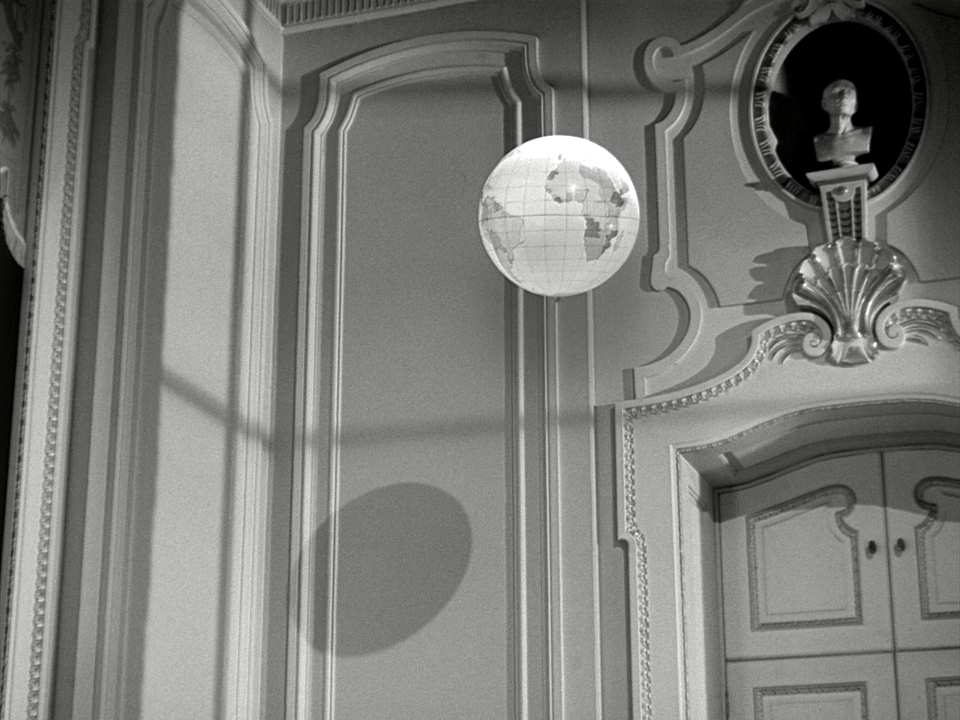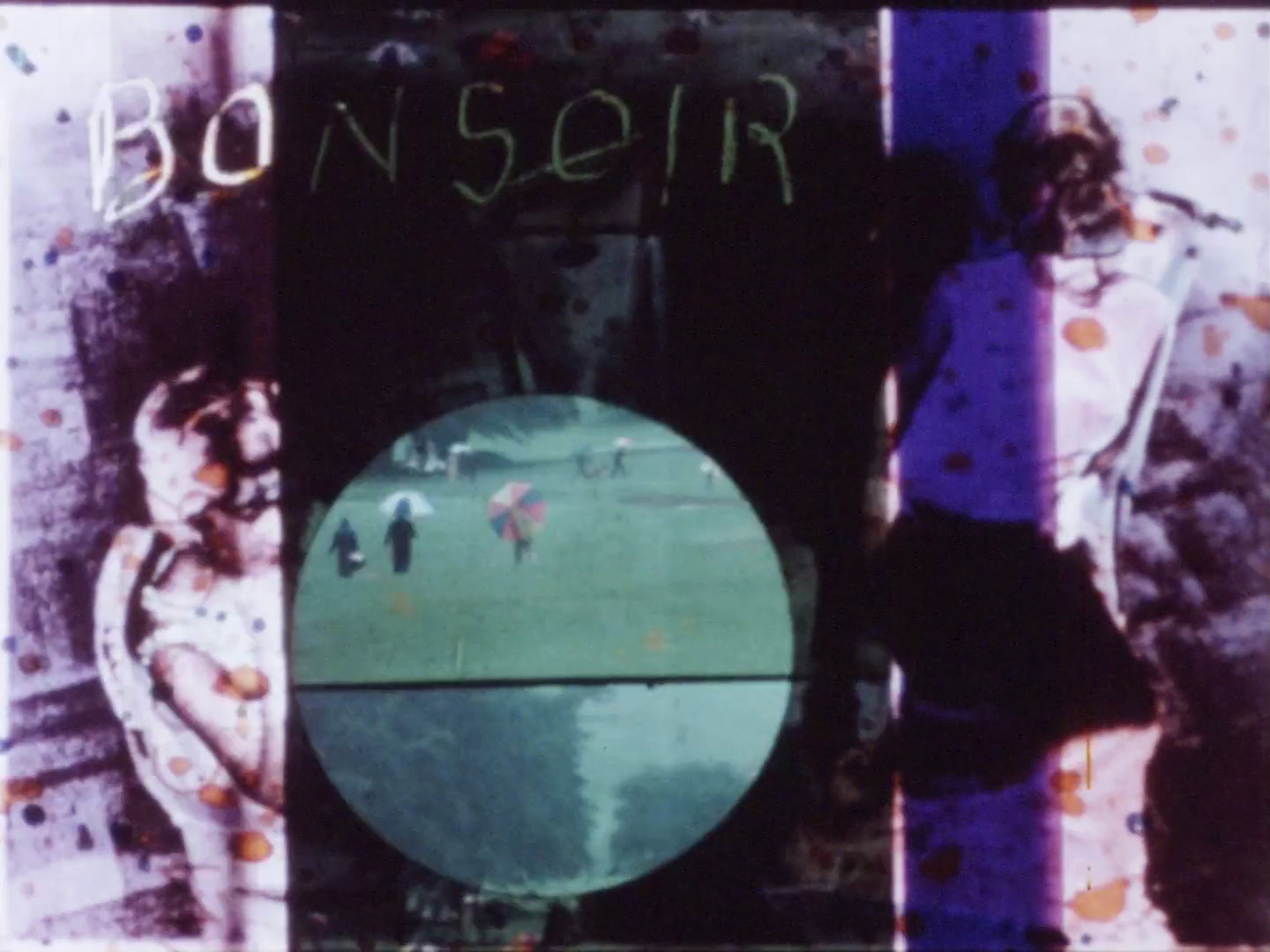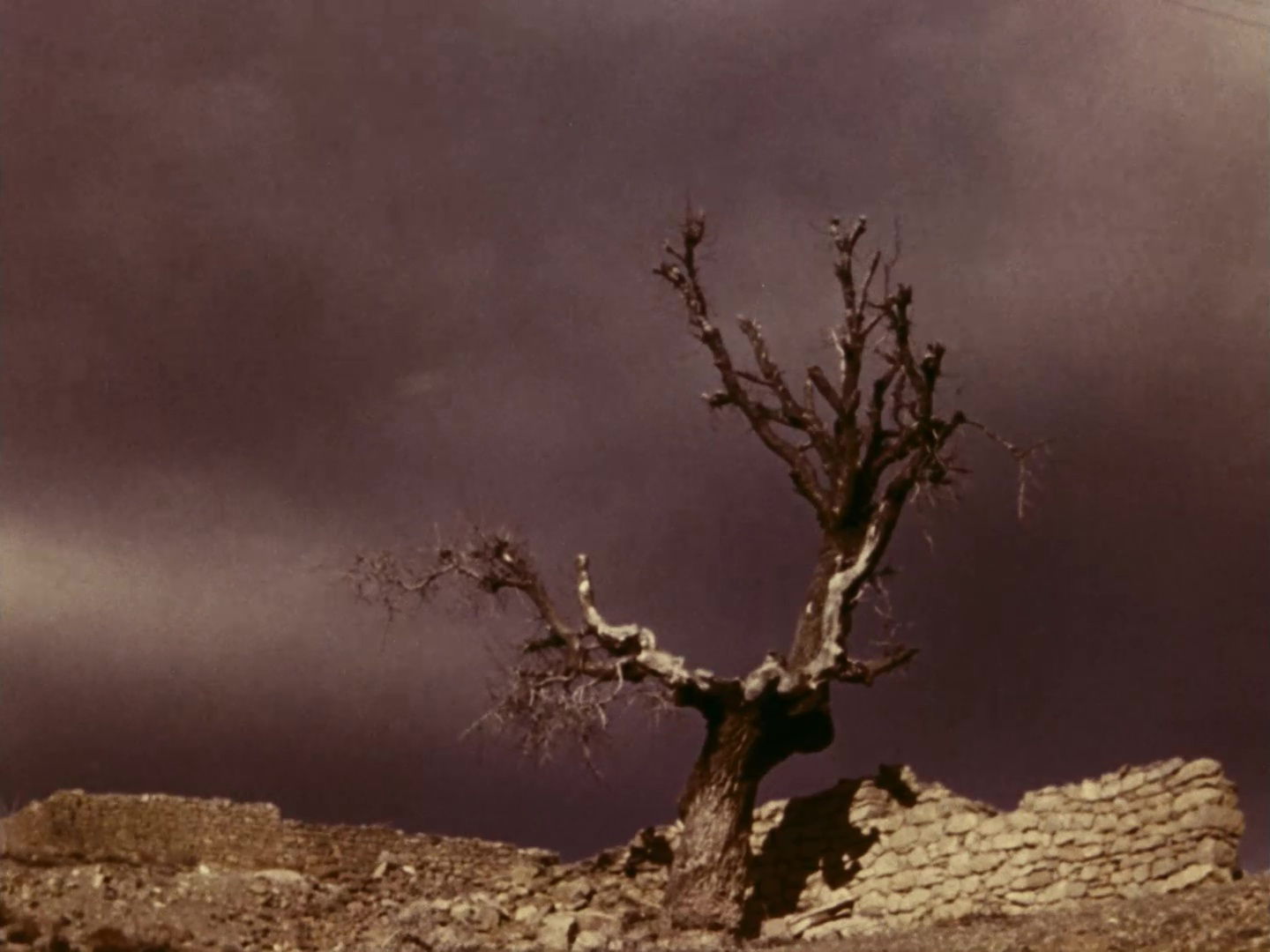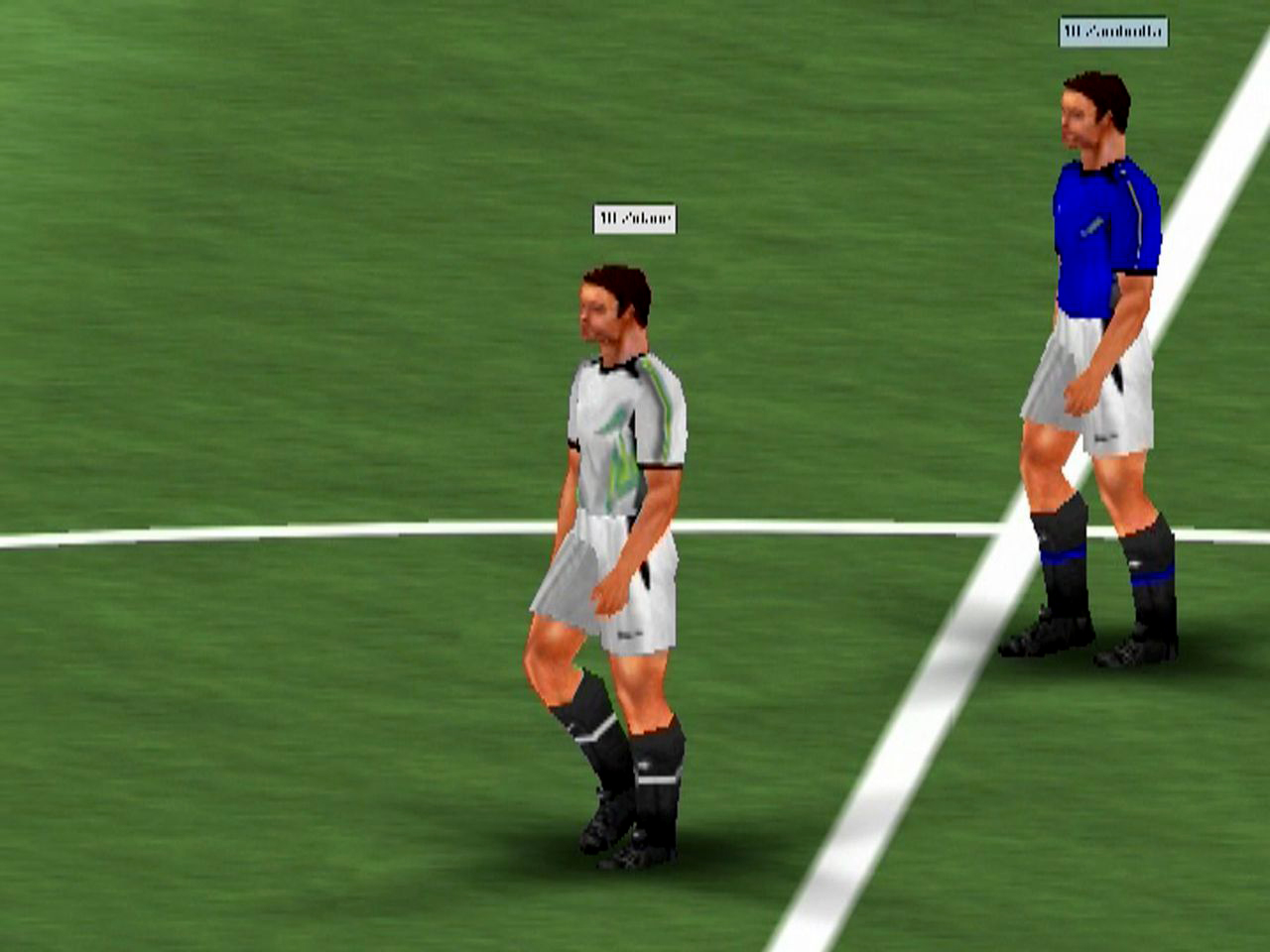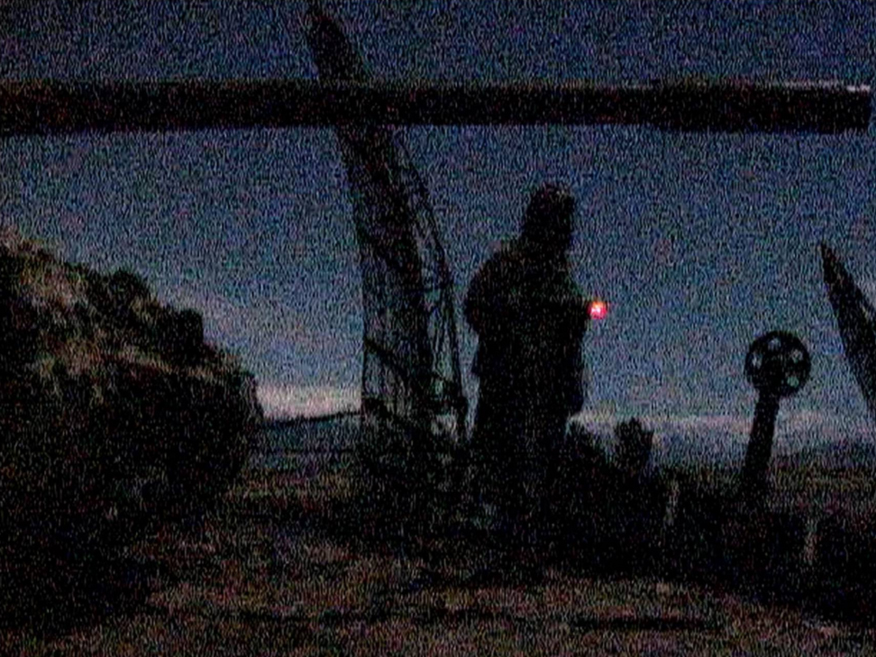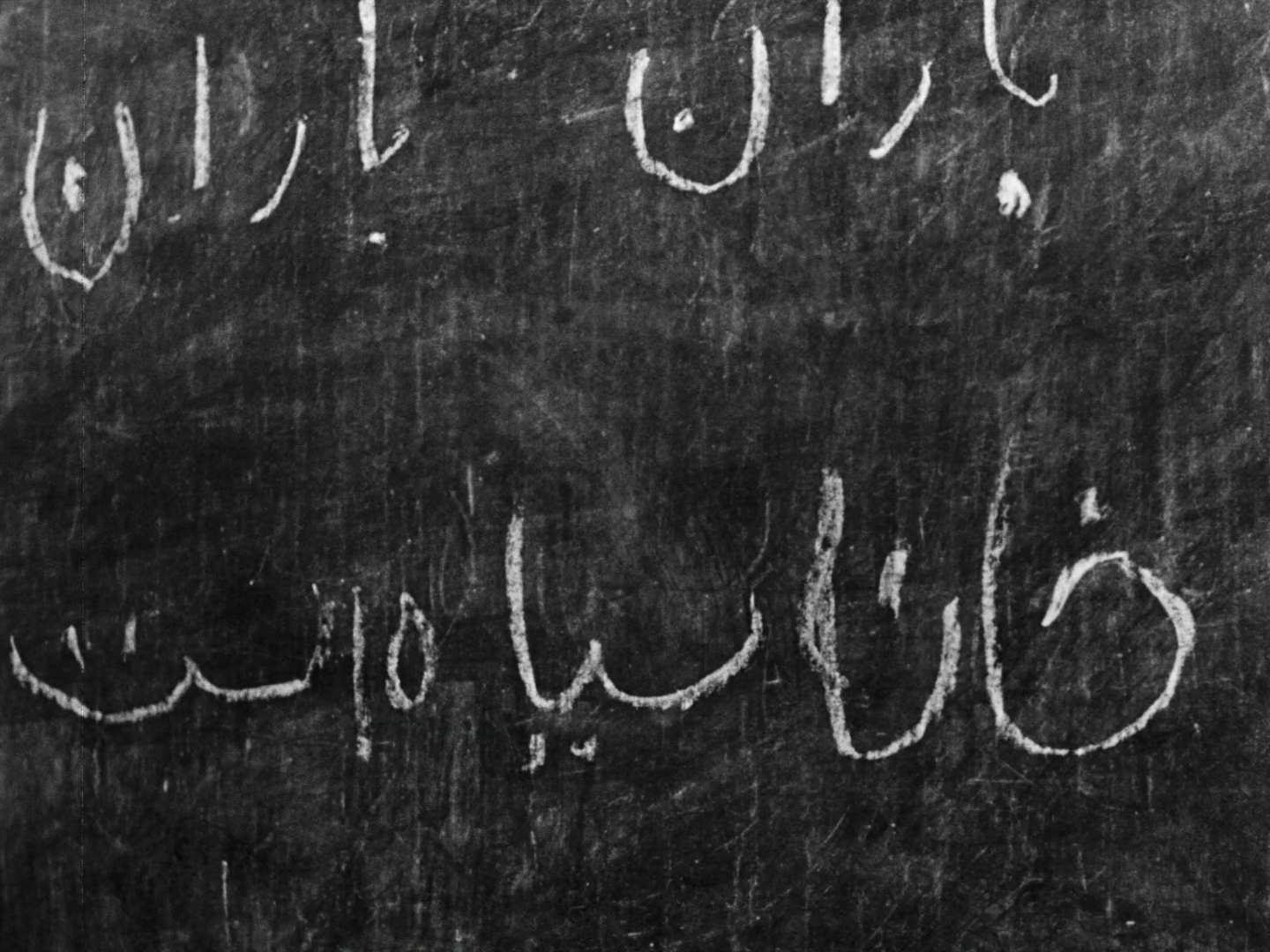Sur la terre / Au fond du cœur
On the Earth / At the Bottom of the Heart
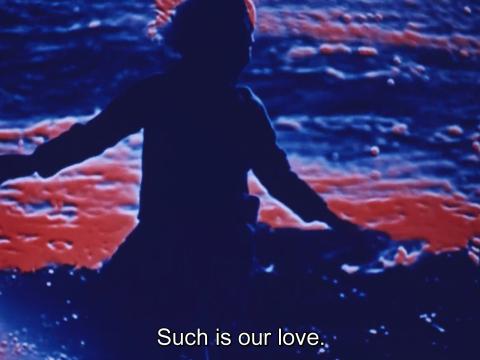
“For It Is the Critical Faculty That Invents Fresh Forms” (Oscar Wilde)
X+ by Marylène Negro
The New Exigencies: For a Republic of Images
The House Is Black by Forugh Farrokhzad
Correspondence Between Jonas Mekas and José Luis Guérin
Sur la terre.
À la même heure, dans toutes les villes du monde, la foule qui sort des cinémas, qui se répand dans les rues comme un sang noir, qui, comme une bête puissante, allonge ses mille tentacules, et d’un tout petit effort écrase les palais, les prisons.
Au fond du cœur.
Regardez les générations nouvelles pousser soudainement comme des fleurs. Révolution. Jeunesse du monde. Aujourd’hui.
Blaise Cendrars, L’ABC du Cinéma, 1921
*
On the Earth.
At the same hour, in all the cities of the world, the crowd leaving the cinemas, spreading in the streets like black blood, stretching out its myriad tentacles like a mighty beast, crushes palaces and prisons with the slightest effort.
At the Bottom of the Heart.
Watch the new generations suddenly grow like flowers. Revolution. Youth of the world. Today.
Blaise Cendrars, The ABC of Cinema, 1921
In 2018, by analogy with similar initiatives in other art forms, Sabzian created a new yearly tradition: Sabzian invites a guest to write a State of Cinema and to choose a film that connects to it. This way, once a year, the art of film is held against the light: a speech that challenges cinema, calls it to account, points the way or refuses to define it, puts it to the test and on the line, summons or embraces it, praises or curses it. A plea, a declaration, a manifest, a programme, a testimony, a letter, an apologia or maybe even an indictment. In any case, a call to think about what cinema means, could mean or should mean today. For the 2021 edition, Sabzian is delighted to welcome the French film historian, scholar and curator Nicole Brenez. She chose the film A.I. at War (2021), in which filmmaker Florent Marcie confronts Sota, an AI robot, with the tragedy of mankind in the war zones of Mosul and Raqqa, then in Paris during the Yellow Vests uprising.
On the occasion of the State of Cinema 2021, held by Nicole Brenez on 23 December 2021, Sabzian presents a small Dossier on the French film historian, scholar and curator, compiled in dialogue with Brenez herself. This compilation comprises texts on Theodor W. Adorno’s view on cinema, Harun Farocki, Marylène Negro, The House Is Black by Forough Farrokhzad, on the filmic correspondence between Jonas Mekas and José Luis Guérin, a keynote speech on the state of political cinema today, and an exclusive English translation of Brenez’s piece on René Vautier. Brenez’s texts are preceded by an introduction by Violeta Kovacsics.
On Thursday 23 December, Nicole Brenez’s State of Cinema, titled ‘Projections. Provisoires. Provisions’, will be streamed on Sabzian.be.


